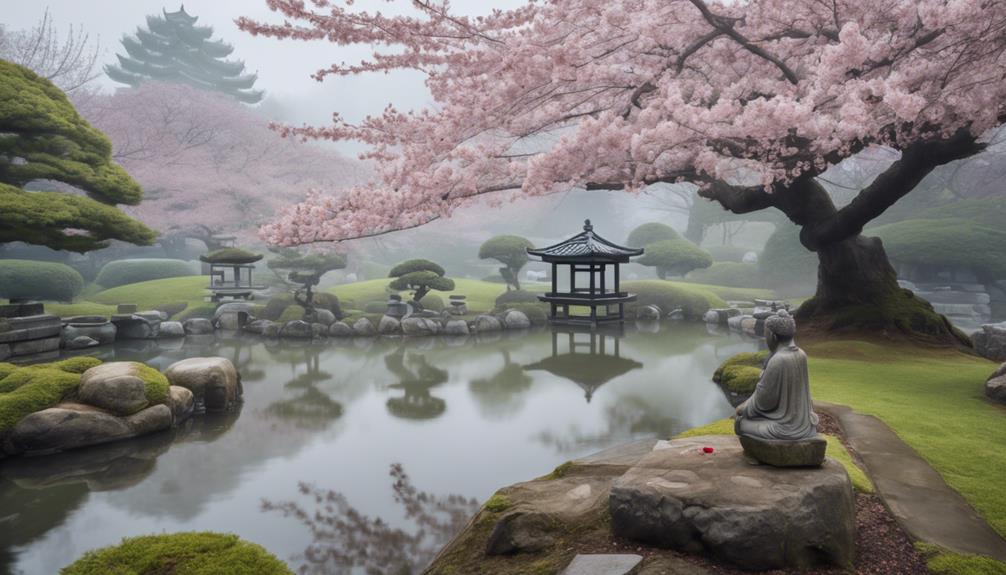You’re about to begin on a journey to master the art of tanka, a traditional form of Japanese poetry that has captivated hearts for over 1,000 years with its unique 5-line structure and nuanced exploration of human emotions. As you enter into the world of tanka, you’ll discover how to balance simplicity and depth, evoke emotions, and craft vivid imagery. You’ll learn to harness the power of nature imagery, metaphors, and sensory details to create immersive experiences. With each step, you’ll uncover the intricacies of this ancient art form, and as you proceed, the secrets of capturing emotion and imagery in 5-line Japanese verse will slowly reveal themselves to you.
Understanding Tanka’s Rich History
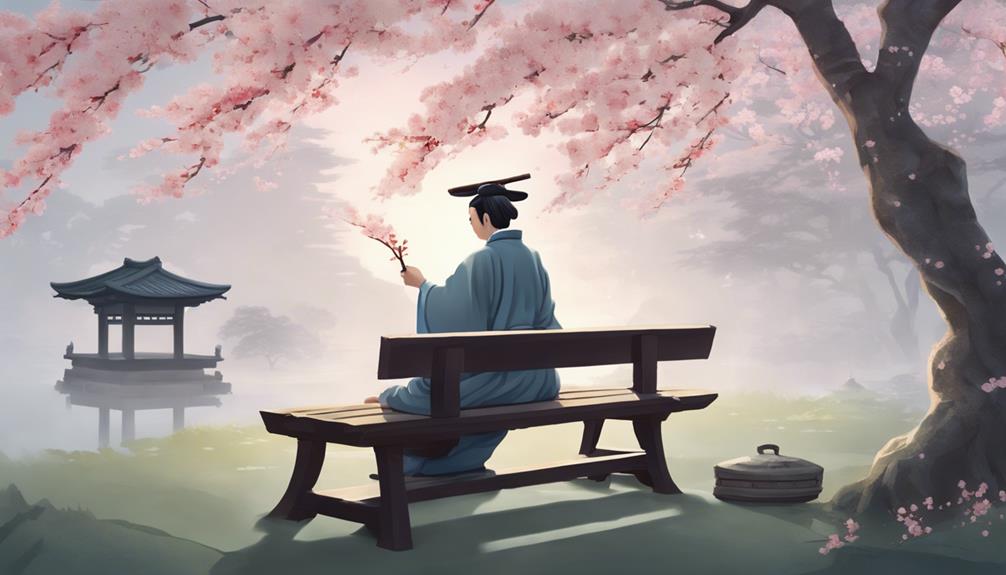
With a history spanning over 1,000 years, you’re about to explore the rich cultural heritage of tanka, a traditional form of Japanese poetry that has been a cornerstone of the country’s literary landscape. This ancient art form has played a significant role in shaping Japan’s cultural identity, offering a unique window into the country’s historical context. Tanka’s cultural significance lies in its ability to capture the essence of Japanese aesthetics, emphasizing simplicity, subtlety, and restraint. Throughout history, tanka has been a powerful medium for expressing emotions, telling stories, and conveying moral lessons. From the Heian period to modern times, tanka has evolved, adapting to changing social and cultural norms. Understanding tanka’s historical context is essential to appreciating its nuances and complexities. By examining the poetry of ancient Japanese masters, you’ll gain insight into the country’s values, traditions, and artistic expression. As you explore further into the world of tanka, you’ll discover the intricate tapestry of Japanese culture, woven from threads of tradition, innovation, and beauty.
Syllable Count and Line Structure
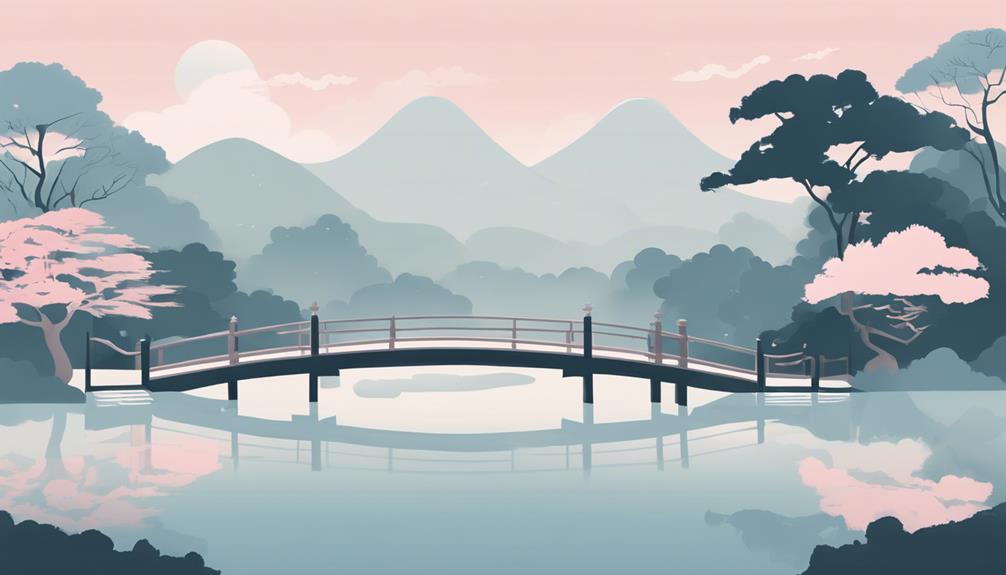
In traditional tanka, you’ll find a strict syllable count of 5-7-5-7-7, which, when combined with a specific line structure, creates a unique rhythm that enhances the emotional impact of the poem. This syllable count is a hallmark of traditional Japanese tanka, and it’s important to understand its significance. The strict syllable count is not just about adhering to a specific pattern; it’s about creating a sense of tension and release, which is vital in conveying emotions.
While traditional tanka adheres to the 5-7-5-7-7 syllable count, modern variations often deviate from this structure. Syllable variations can be seen in tanka influenced by Western poetry, where a more flexible approach to syllable count is adopted. Cultural influences also play a significant role in shaping the syllable count and line structure of tanka. For instance, tanka influenced by Chinese poetry may have a different syllable count or line structure due to the cultural exchange between Japan and China. Understanding these variations is important in crafting a unique and impactful tanka poem.
Crafting Vivid Imagery and Sensory Details
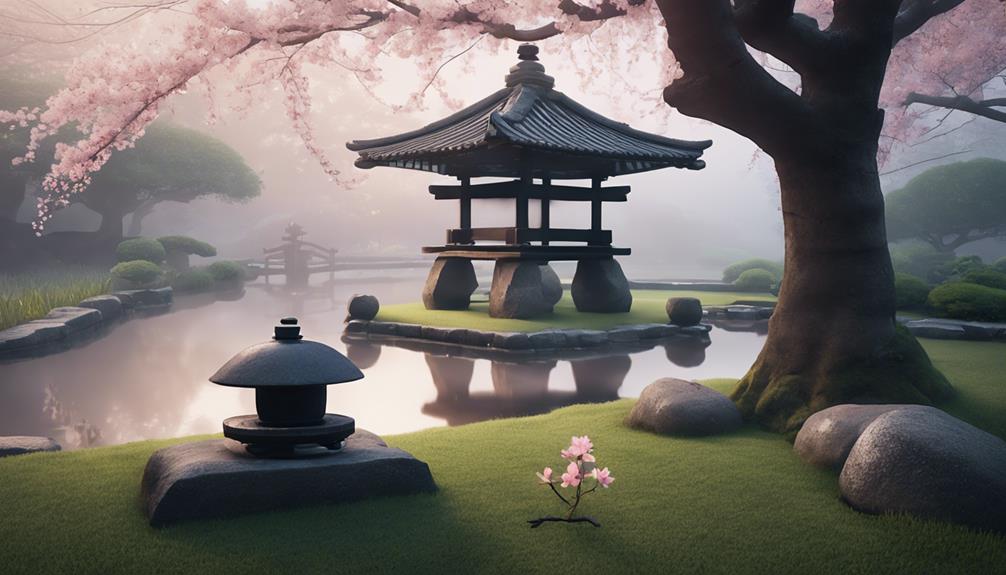
As you start crafting a tanka poem, you’ll find that vivid imagery and sensory details are essential in evoking emotions and creating a lasting impact on your reader. To achieve this, you’ll need to engage in sensory exploration, delving into the world of sights, sounds, smells, tastes, and textures that surround you. This sensory exploration will help you craft rich, descriptive language that transports your reader to a specific time and place.
Figurative language is also vital in creating vivid imagery. By using metaphors, similes, and personification, you can create powerful, evocative descriptions that resonate with your reader. For example, instead of simply saying ‘the sun was setting,’ you could say ‘the sun sank slowly into the horizon, painting the sky with hues of crimson and gold.’ This kind of language not only creates a vivid image but also evokes a sense of wonder and awe. By incorporating sensory exploration and figurative language into your tanka poem, you’ll be able to craft a rich, immersive experience that draws your reader in and leaves a lasting impression.
Exploring Emotions and Inner Worlds
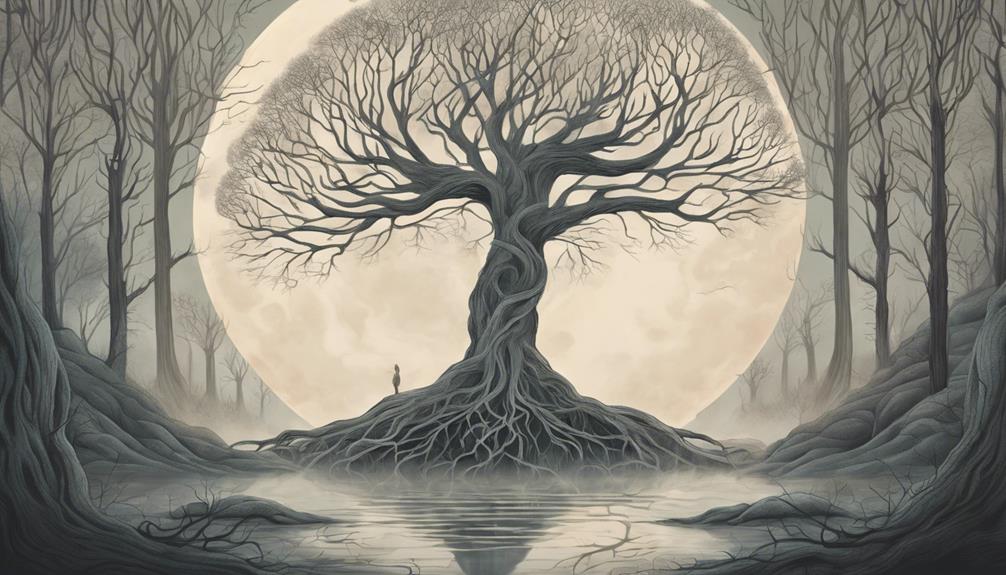
Explore the domain of emotions and inner worlds, where your tanka poem can reveal the depths of human experience, and you’ll find that capturing emotions is just as essential as crafting vivid imagery. As you investigate the territory of emotions, you’ll discover that it’s not just about expressing feelings, but also about conveying the complexities of the human psyche. Your tanka poem should evoke an emotional response, creating a connection with the reader.
To achieve this, you’ll need to tap into your inner dialogues, exploring the emotional landscapes that shape your thoughts and feelings. This requires a deep understanding of your own emotions, as well as the ability to convey them in a nuanced and subtle manner. By doing so, you’ll create a poem that resonates with readers, inviting them to reflect on their own emotional journeys. Remember, the goal is to evoke an emotional response, not to simply describe an emotion. By capturing the intricacies of the human experience, your tanka poem will become a powerful reflection of the human condition.
Using Nature Imagery and Metaphors

Now that you’ve tapped into the emotional landscapes of your inner world, you can amplify the emotional resonance of your tanka poem by incorporating nature imagery and metaphors that evoke a deeper connection with the reader. This is where seasonal symbolism comes into play, as certain seasons can be used to convey specific emotions or themes. For example, autumn can symbolize decay and letting go, while spring can represent rebirth and renewal.
When using nature imagery, consider how it intersects with your emotional landscapes. Ask yourself how the natural world reflects or contrasts with your inner world. Do the stillness of winter or the vibrancy of summer resonate with your emotions? By weaving together nature imagery and metaphors, you can create a rich tapestry of meaning that invites the reader to immerse themselves in your poem.
Balancing Simple Language and Depth
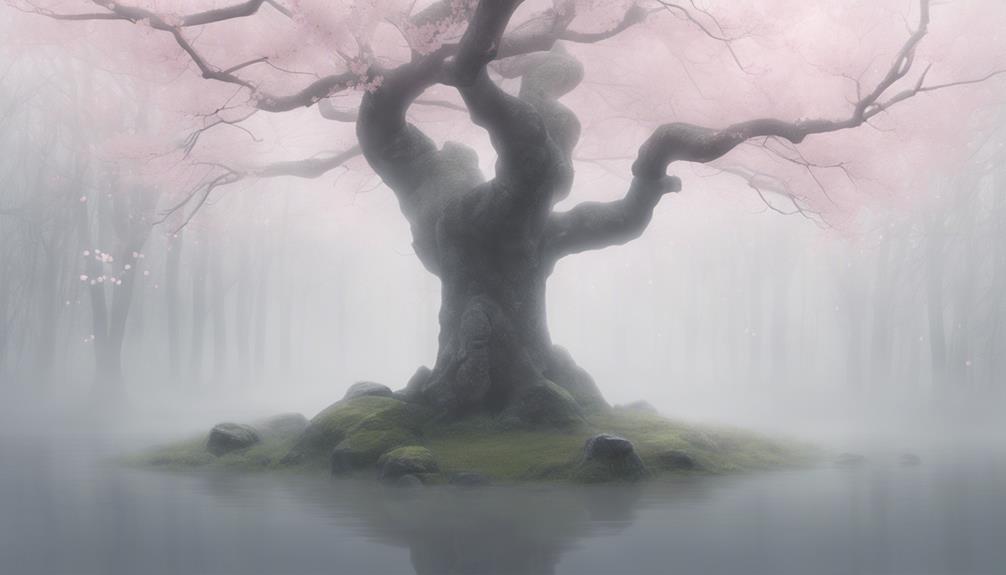
Craft your tanka poem’s language to strike a delicate balance between simplicity and depth, allowing your words to resonate with readers on multiple levels. You want to convey complex emotions and ideas without overwhelming your audience. Simple language can provide a sense of intimacy and vulnerability, while depth adds layers of meaning and complexity.
When crafting your tanka, aim for a lyrical nuance that evokes emotions and sparks imagination. Poetic subtlety is key here, as you want to suggest rather than state outright. This subtlety allows readers to fill in the gaps and create their own connections with the poem.
To achieve this balance, focus on the essence of your message and strip away unnecessary words. Use imagery and suggestion to convey your emotions and ideas, rather than relying on direct statements. By doing so, you’ll create a rich, nuanced poem that invites multiple readings and interpretations. By balancing simplicity and depth, you’ll craft a tanka that resonates with readers long after they’ve finished reading.
Editing and Refining Your Tanka
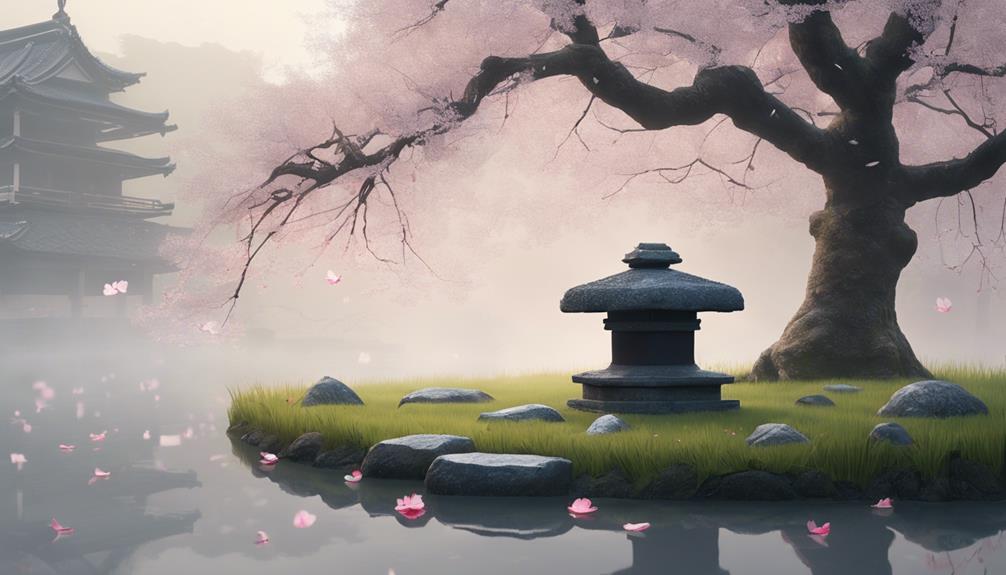
In refining your tanka, you’ll need to revisit your poem with a critical eye, scrutinizing every word and phrase to make certain that each element works in harmony to convey your intended message. This process requires a willingness to revise and refine, ensuring that each line and syllable contributes to the overall impact of the poem.
Effective revision strategies involve reading your tanka aloud, paying attention to the natural flow and cadence of the language. This will help you identify areas where the language may be clunky or unclear, allowing you to refine the poem’s poetic clarity. Ask yourself: Are the images vivid and evocative? Are the emotions conveyed with nuance and subtlety? Are there any unnecessary words or phrases that can be cut?
Frequently Asked Questions
Can I Write Tanka in Languages Other Than Japanese?
As you contemplate writing tanka in languages other than Japanese, keep in mind that Homer’s epics were once limited to ancient Greek, yet their themes transcended borders. Similarly, you can adapt tanka’s essence to your native tongue, maneuvering cultural adaptation and linguistic constraints. The key lies in capturing the emotional intensity and imagery that define tanka, rather than mere linguistic imitation.
How Do I Know if My Tanka Is Too Narrative or Story-Like?
When crafting a tanka, you walk a fine line between conveying emotion and telling a story. To avoid being too narrative, focus on capturing emotional resonance through subtle suggestion. Ask yourself: Am I showing, not telling, the reader how to feel? Are my words evoking a sense of wonder, sadness, or joy, or am I simply recounting events? Strike a balance between hinting at a story and evoking a visceral response.
Are There Any Specific Themes I Should Avoid in Tanka Poetry?
When writing tanka, you’ll want to exercise cultural sensitivity and avoid themes that might be offensive or inappropriate. Steer clear of dark themes that could be triggering or perpetuate harmful stereotypes. As you explore complex subjects, consider the impact your words may have on readers. Be mindful of your audience and aim for empathy and understanding.
Can I Use Humor or Irony in a Traditional Tanka?
When exploring traditional tanka, you might wonder if humor or irony have a place. While tanka typically conveys more somber emotions, you can incorporate whimsical undercurrents to add depth. Ironic juxtaposition can also be used to subvert expectations, creating a rich contrast between the poem’s surface and underlying meaning. However, use these elements sparingly, as they can disrupt the traditional tanka’s contemplative tone. Balance is key to maintaining the form’s integrity.
Is It Acceptable to Write Tanka About Modern, Urban Life?
You might think traditional tanka is limited to natural scenery, but it’s absolutely possible to capture urban landscapes and city moments in this ancient form. In fact, the juxtaposition of modern life with the traditional 5-line structure can create a fascinating contrast. You can explore the rhythms of city life, the emotions evoked by concrete jungles, and the intricate dance of human experience within urban spaces.
